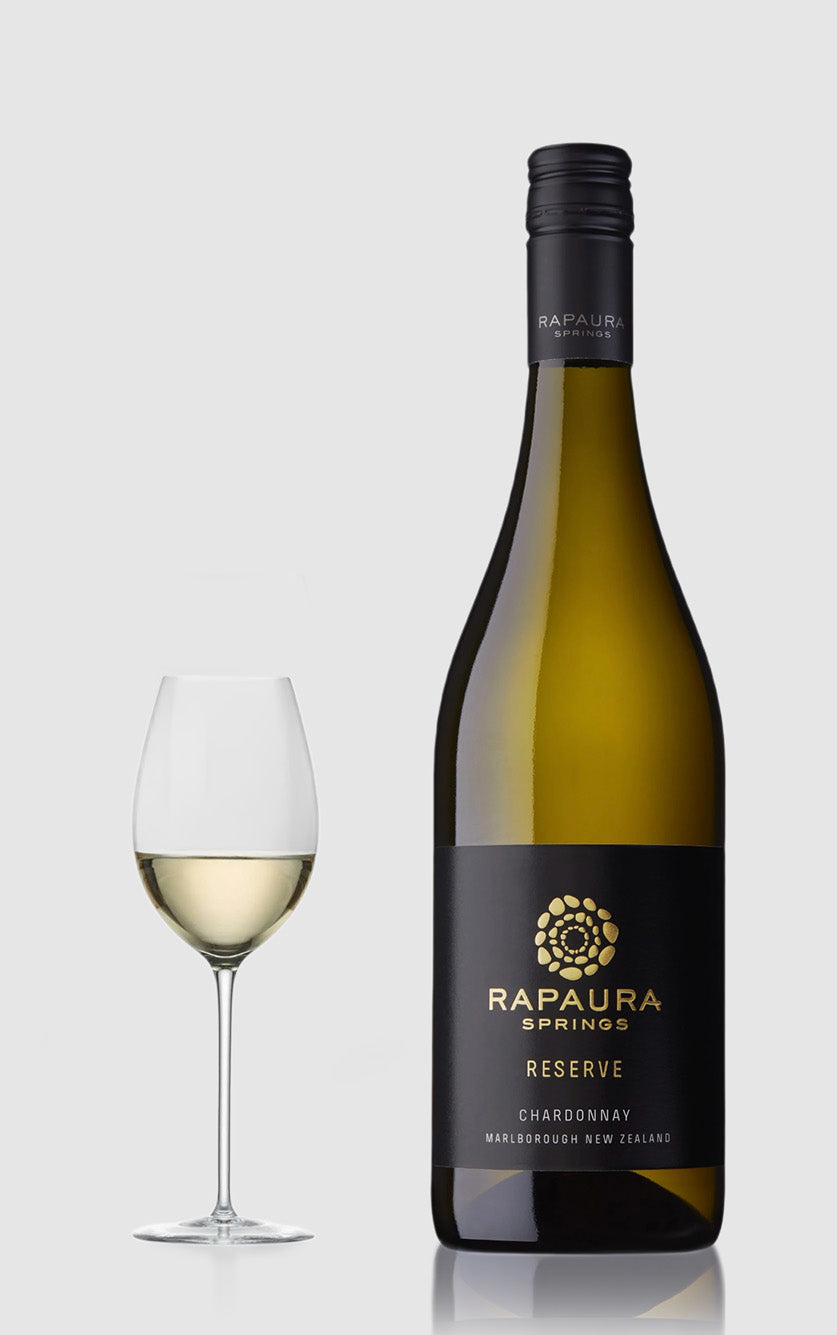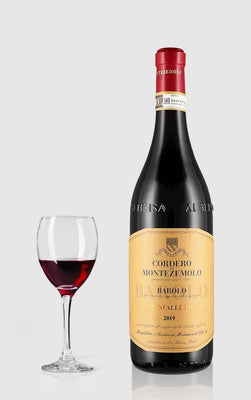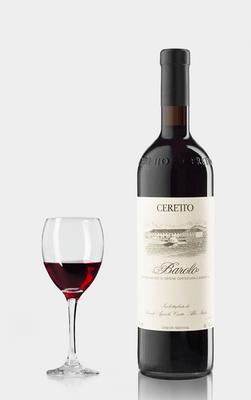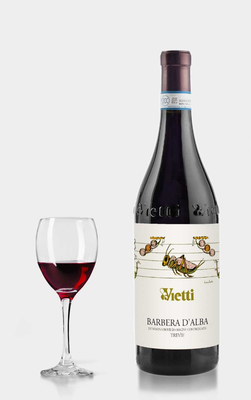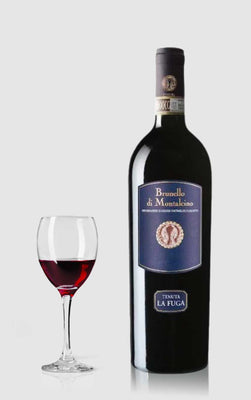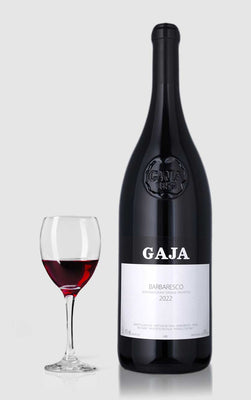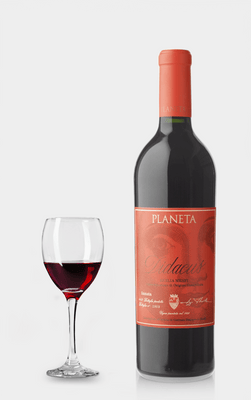Italian Red Wine
-
 ★ 92 – James Suckling★ 90 – Robert Parker★ 89 – DH Wines★ 4.0 – Vivino
★ 92 – James Suckling★ 90 – Robert Parker★ 89 – DH Wines★ 4.0 – VivinoCaparzo – Rosse di Montalcino 2016 MAGNUM
Vendor:CaparzoRegular price 229,00 DKKRegular priceUnit price / per299,00 DKKSale price 229,00 DKKSold out
Collection: Italian Red Wine
Regional diversity and character
Italy is one of the world's most traditional wine countries and home to more than 350 official grape varieties. Red wine makes up a large part of production and varies enormously in style – from elegant wines with high acidity and tannin to fruity, immediate varieties. Italian red wine often expresses both origin and culture in deeply rooted ways.
Important wine regions for Italian red wine
- Piedmont : Known for Nebbiolo (Barolo, Barbaresco), Barbera and Dolcetto. High acidity and tannin, often with aging potential.
- Tuscany : Sangiovese in many varieties – from Chianti Classico and Brunello di Montalcino to Rosso di Montepulciano and Super Tuscans.
- Veneto : The Corvina grape in Valpolicella, Ripasso and Amarone – fruit, fullness and often partial drying of the grapes (appassimento).
- Apulia and Sicily : Warm, southern areas with powerful wines based on Primitivo, Negroamaro and Nero d'Avola.
- Trentino-Alto Adige, Umbria, Marche and Campania : Lesser known regions with exciting local grapes and increasing quality.
Grape varieties and styles
Italian red wine is often characterized by strong acidity, distinct tannins, and a food-friendly structure. The most common red grapes include:
- Nebbiolo : Light colored, but intense and structured. Classic in Barolo and Barbaresco.
- Sangiovese : Tart and structured with notes of cherries and herbs. Widespread throughout Tuscany.
- Barbera : Lower tannin, high fruit acidity and dark berries. Often lighter and fresher.
- Corvina : Main grape in Veneto. Used for both light Valpolicella and strong Amarone.
- Nero d'Avola and Primitivo : Concentrated and sun-ripened wines from Southern Italy with warmth and fullness.
Styles range from classic and age-intensive to modern and fruit-driven. Many wines are aged in oak – both Slavonian and French – which contributes aromas of tobacco, leather and vanilla.
Classifications and quality levels
Italian wine is classified into four levels:
- Vino da Tavola : Table wine without geographical origin.
- IGT (Indicazione Geografica Tipica) : Regional wines with flexibility in grapes and style – e.g. many “Super Tuscans”.
- DOC (Denominazione di Origine Controllata) : Controlled origin and rules for production.
- DOCG (Denominazione di Origine Controllata e Garantita) : Top classification, with strict quality control and sensory approval.
Many of Italy's most famous red wines – such as Barolo, Brunello di Montalcino and Amarone – are classified as DOCG and are associated with strict requirements for grape types, harvest yield and aging.
Frequently Asked Questions About Italian Red Wine
What is the difference between Barolo and Brunello?
Barolo comes from Piedmont and is made from Nebbiolo. It is light in color, but with high tannin and complexity. Brunello comes from Tuscany and is made from Sangiovese Grosso – it has darker fruit and longer aging.
What do Ripasso and Amarone mean?
Amarone is made from partially dried grapes and is powerful and sweet. Ripasso is a “re-passage” of young Valpolicella over Amarone lees, adding depth and body.
Can Italian red wine be aged?
Yes. Wines from Barolo, Brunello, Taurasi and Aglianico del Vulture in particular have high aging potential and develop tertiary aromas over 10–20 years.
- Choosing a selection results in a full page refresh.
- Opens in a new window.
